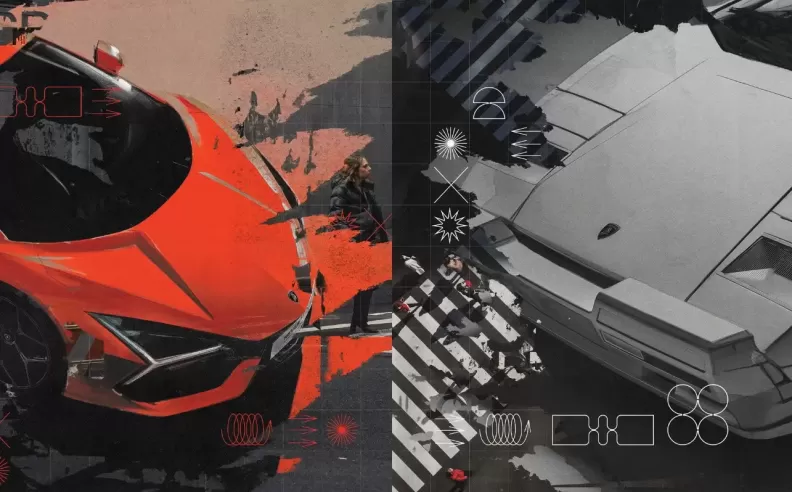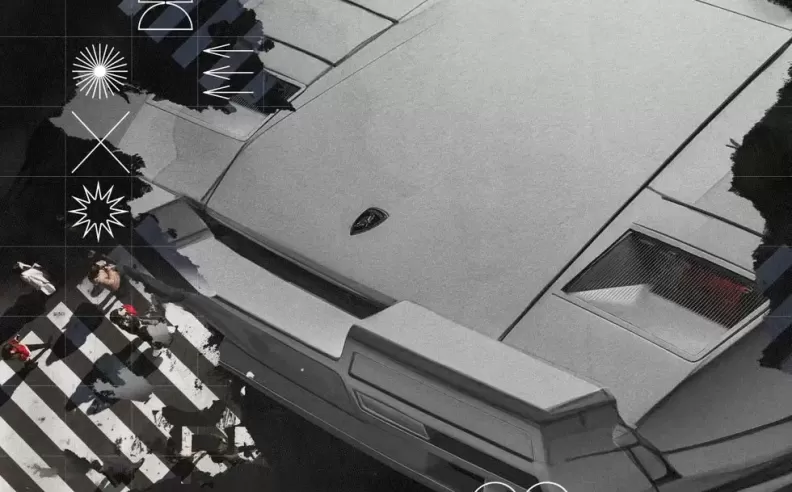
As pedestrian safety becomes a growing concern, the U.S. National Highway Traffic Safety Administration (NHTSA) has proposed a set of safety standards that could reshape the way cars are designed. These new pedestrian-impact rules aim to significantly reduce fatalities by mandating design changes in vehicles under 4,535 kilograms. While the rules are intended to save lives, they are also expected to challenge automakers, especially designers, who must rethink aesthetics and structure without compromising brand identity.

Supercar brands like Lamborghini have already begun adapting their designs to comply with evolving safety mandates. On the 1,001-horsepower Revuelto, Lamborghini removed aggressive hood vents that compromised the hood’s ability to deform safely upon impact. Even minor elements like logo placement had to change, with designers raising the Lamborghini badge by 7 millimeters to meet compliance.
Other design tweaks include altering exterior vents and air intakes to ensure no child’s head could become trapped during a collision. Spoilers and rear wings now require precise placement and spacing to avoid becoming hazardous hard points. These adjustments might sound subtle, but each change involves significant research and development, which explains the steep price tags attached to such vehicles.

Though the new regulations enforce softer edges and safer forms, top designers view these requirements as opportunities rather than limitations. Automakers like Ferrari, Pagani, and Lamborghini still maintain distinct identities despite the rules. The secret lies in starting early; brands like General Motors involve designers from the very beginning of engineering discussions to shape components in ways that serve both form and function.
GM’s design chief emphasizes material selection and component placement as keys to compliance. From breakaway headlights to rethinking suspension layouts, every choice can contribute to reducing injury risk while still enabling bold styling. Even within the constraints of hood height and impact zones, automakers find room for aerodynamic flair and striking bodywork. Regulations are no longer seen as barriers, but as frameworks within which true design excellence must shine.

Started my career in Automotive Journalism in 2015. Even though I'm a pharmacist, hanging around cars all the time has created a passion for the automotive industry since day 1.

